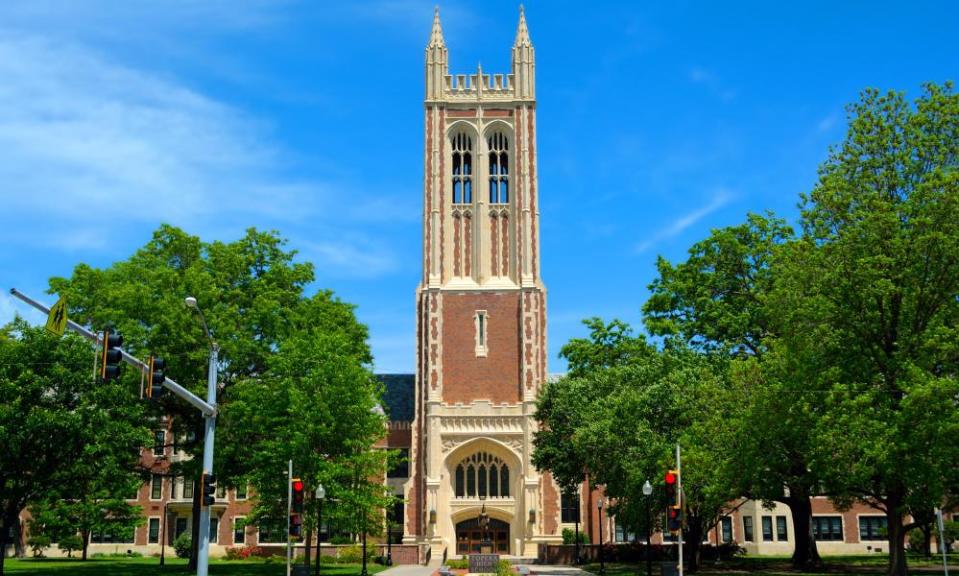From climate collapse to generation rent: coming-of-age novels have changed forever
In simpler times, you could rely on a coming-of-age novel to be narrated by a teenager whose journey through the phoney adult world would culminate in a bittersweet epiphany as they attain a measure of self-knowledge. But increasingly this kind of narrative doesn’t seem to cover the contemporary experience. Whether it’s that a quarter of people aged 20 to 34 still live with their parents or that a third of millennials expect to rent for their whole life – or the small matter of ongoing climate collapse – there’s a sense that the safe, drab place called “adulthood” doesn’t exist any more.
There is no stable future in which to imagine yourself having tedious dinner parties and tawdry affairs with work colleagues. As a result, the process of coming of age starts to seem like either a luxury or a distraction – which perhaps explains why the protagonists of these brilliant recent novels mostly avoid it altogether.
The narrator of Sayaka Murata’s Convenience Store Woman is 36. Or, more accurately, her body is 36 but her soul is still 18, unchanged from the day she started working in Hiiromachi Station Smile Mart, a 24-hour convenience store lit like an aquarium. While her friends and family try to force her to care about love, marriage, children and money, she insists that she wants nothing more from life than the blissful numbness of scanning barcodes, greeting customers with mechanical cheerfulness and arranging the chicken skewers.

Luke Kennard’s The Transition imagines a near future in which an immature couple – again, they are in their mid-30s; it’s the new 16 – are convicted of mild credit-card fraud. As punishment, they can either go to prison or live with an older couple who will teach them how to become “active participants in society”. Each morning, their mentors encourage them to read the Guardian and the Telegraph then attempt that mythical thing: a reasonable debate. But as the mentors reveal themselves to be, first, unbearable and second, harbingers of a dark dystopian future, the question is why would anyone want to be like them?
In Ottessa Moshfegh’s My Year of Rest and Relaxation we meet an unnamed 26-year-old narrator who, having lost both her parents, decides to start “hibernating”. This involves hiding in bed, dining on sedatives, watching Whoopi Goldberg movies on loop. We can’t help but want her to emerge, butterfly-like, from her crusty duvet and embrace life. Without spoiling the ending, it’s fair to say we do not get what we want.
The main narrator of Ben Lerner’s The Topeka School is, ostensibly, a grownup: a husband, a father of two girls, a successful writer capable of grand statements such as “America is adolescence without end”. Yet no matter how self aware he is – how much he thinks he has moved beyond his regressive school days – his teenage self remains alive and raging inside him.
By contrast, Joff Winterhart’s graphic novel, Days of the Bagnold Summer, is narrated by an actual teenager. It follows six interminable weeks in the life of a 15-year-old metalhead and his well-meaning mother. Sue walks the dog. Daniel listens to Slayer. They mooch around, trying not to hate each other. While this is a more traditional coming-of-age story, it still resists the relief of the conventional epiphany. The closest Daniel comes to maturity is when he decides to stop playing his violent video games in his bedroom – and instead plays them in the lounge.
• Joe Dunthorne will discuss coming-of-age novels at the Groucho Club on 11 March as part of London Book & Screen Week.


